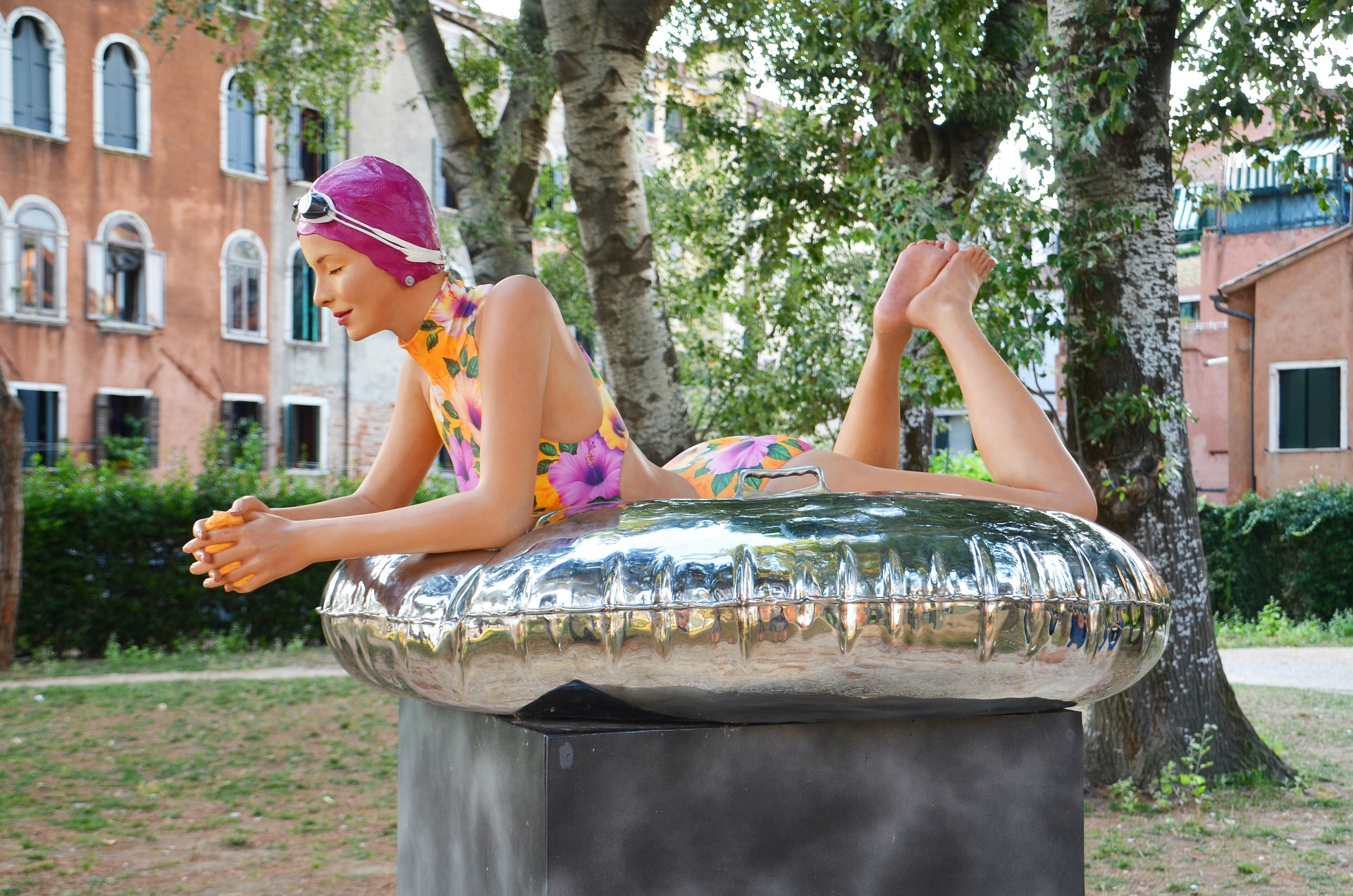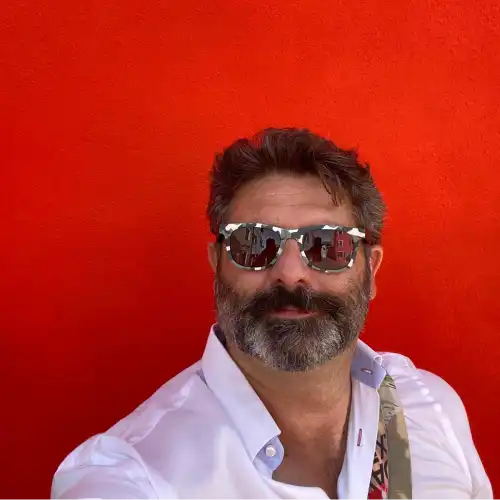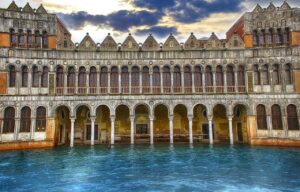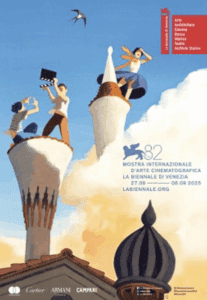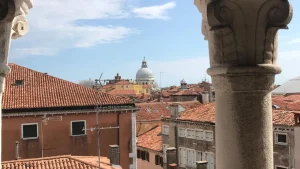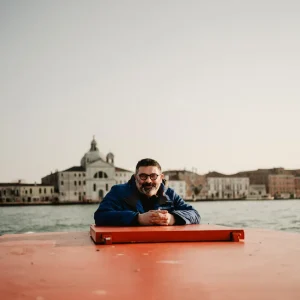The Venice Biennale: Where the World Comes to Create
Once every two years, Venice turns into the beating heart of the contemporary art world. The Venice Biennale isn’t just an exhibition — it’s a city-wide conversation. Canals become catwalks for creativity, palaces transform into galleries, and visitors from all over the world gather to ask one question: *what is art now?*
🌍 What Is the Venice Biennale?
Founded in 1895, the Biennale di Venezia is the world’s oldest and most respected international art exhibition. Every edition brings together artists from more than 80 nations — painters, sculptors, performers, and dreamers — all sharing their vision of the world through bold, boundary-breaking works.
Organized by La Biennale di Venezia, the institution also curates world-class festivals dedicated to architecture, film, music, and dance. So even if you visit outside the main art event, you’ll still find something creative happening in the city.
📍 Where It All Happens
The Biennale’s two main stages are as iconic as the art itself:
- Giardini della Biennale: A leafy park in the Castello district, home to 29 permanent national pavilions — each representing a country and its artists.
- Arsenale: A massive former shipyard turned into an industrial art playground. Think giant installations, immersive projections, and a sense of adventure.
Beyond these, you’ll find collateral events scattered across palazzos, churches, and hidden galleries throughout Venice. If you love wandering through art-filled corners, check out our Off-the-Beaten-Path Orientation Tour — it often crosses secret Biennale venues even locals overlook.
🖼️ A Legacy That Shaped Modern Art
The Biennale has hosted some of the most revolutionary artists of all time — Picasso, Pollock, Warhol, Hirst, Sherman — each redefining art for their generation. It’s not about “the best” artist, because the Biennale isn’t a competition; it’s a dialogue between cultures, ideas, and provocations.
A standout moment? The 56th Biennale (2015), curated by Okwui Enwezor, titled *All the World’s Futures*. It explored global inequality and migration through powerful installations and performances. More recently, sustainability, technology, and identity have taken center stage — echoing the pulse of our times.
🏛️ Want to see other iconic art spaces while you’re here? Don’t miss the Peggy Guggenheim Collection or Ca’ Pesaro Museum of Modern Art — both included in our Venice art itinerary.
💡 The Spirit of Contemporary Art
The Biennale thrives on experimentation. Each edition feels like a glimpse into the collective imagination of the planet. Expect everything from monumental sculptures and VR installations to whispered performances and entire rooms that move or breathe.
Themes evolve with the world: climate change, AI, feminism, identity, post-colonialism — all expressed through every possible medium. It’s art that makes you think, laugh, question, and occasionally say, “Wait… what did I just see?”
Past editions have featured giants like Yoko Ono, Ai Weiwei, Olafur Eliasson, and Cindy Sherman. But what truly makes it special is discovering the unknown artist whose work will be everywhere five years from now.
🎟️ How to Visit the Venice Biennale
The Biennale usually runs from May to November. You can easily spend a full day exploring both main sites — or spread your visit across two days if you like to dive deep.
- Getting there: Both Giardini and Arsenale are accessible by vaporetto. Line 1 runs along the Grand Canal directly to the exhibition entrances — a scenic prelude to your art adventure.
- Tickets: Skip the queues and buy your Biennale tickets in advance. They’re valid for multiple days and let you revisit your favorite pavilions.
- Plan ahead: Some performances or collateral events require reservations — check schedules online or at the main entrances.
🎨 Local insight: After the Biennale, cross over to Castello or Cannaregio for a glass of spritz and some cicchetti. You’ll likely find curators and artists doing the same.
The Venice Biennale isn’t just about art — it’s about ideas, diversity, and connection. Whether you’re an art lover, a curious traveler, or simply someone who enjoys a good challenge to the imagination, the Biennale is a must-see part of the city’s soul.
🎟️ BOOK YOUR VENICE BIENNALE TICKETS
Want to explore Venice’s year-round art scene? Read our guide Venice Beyond the Biennale: Art All Year Round — or join our Private Boat Tour to glide past the same palazzos that once inspired the masters.
FAQs About the Venice Biennale
How often does the Venice Biennale take place?
The Venice Biennale is held every two years — usually from May to November — alternating with the Architecture Biennale. Each edition explores a new global theme, featuring installations, performances, and national pavilions at the Giardini and Arsenale. To explore these venues like a local, join our Off-the-Beaten-Path Orientation Tour, which often passes through secret Biennale locations in Castello.
Where can I buy Venice Biennale tickets?
You can purchase skip-the-line Biennale tickets in advance to avoid queues and revisit your favorite exhibitions over multiple days. For art lovers, combine your visit with the Peggy Guggenheim Collection Fast Track Ticket or Ca’ Pesaro Museum Ticket to explore modern and contemporary art beyond the Biennale.
What other art experiences can I enjoy in Venice?
Venice is a city of art all year long. Visit the Peggy Guggenheim Collection, Ca’ Rezzonico, and Palazzo Grassi, or explore hidden artist studios on our Venice Tour of the Lagoon — Discover the Hidden Gems. You can also read our feature Venice Beyond the Biennale: Art All Year Round for insider tips on where to see world-class art even outside Biennale season.

